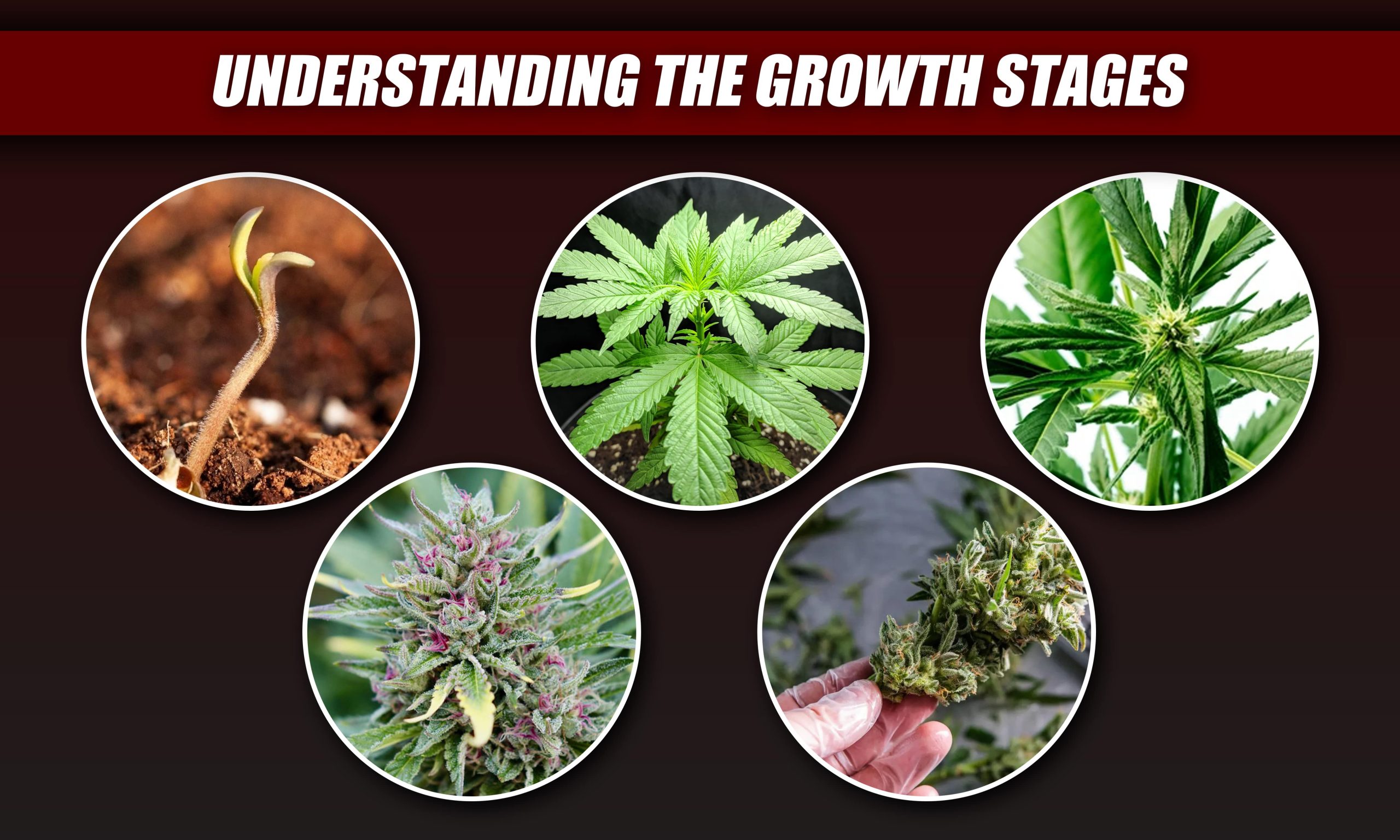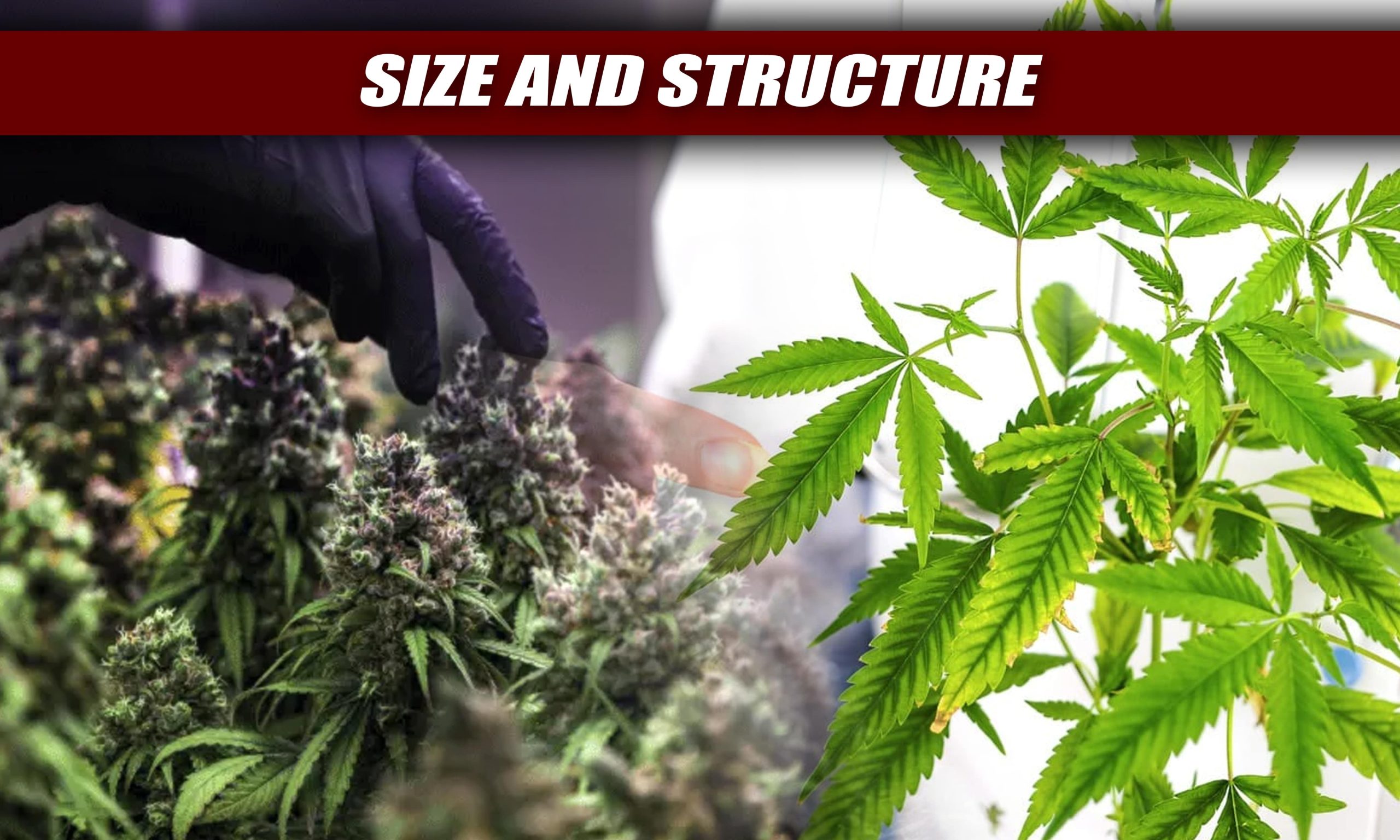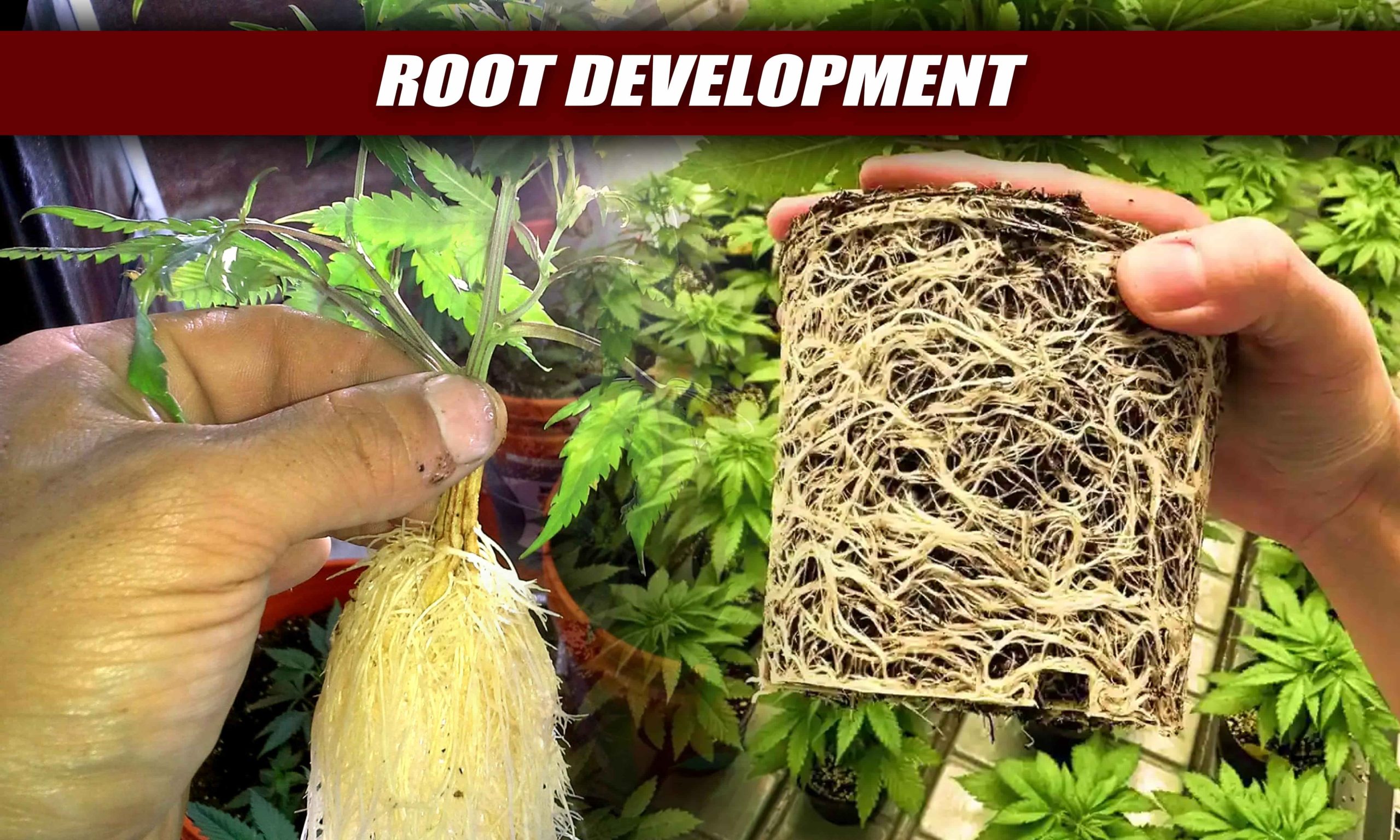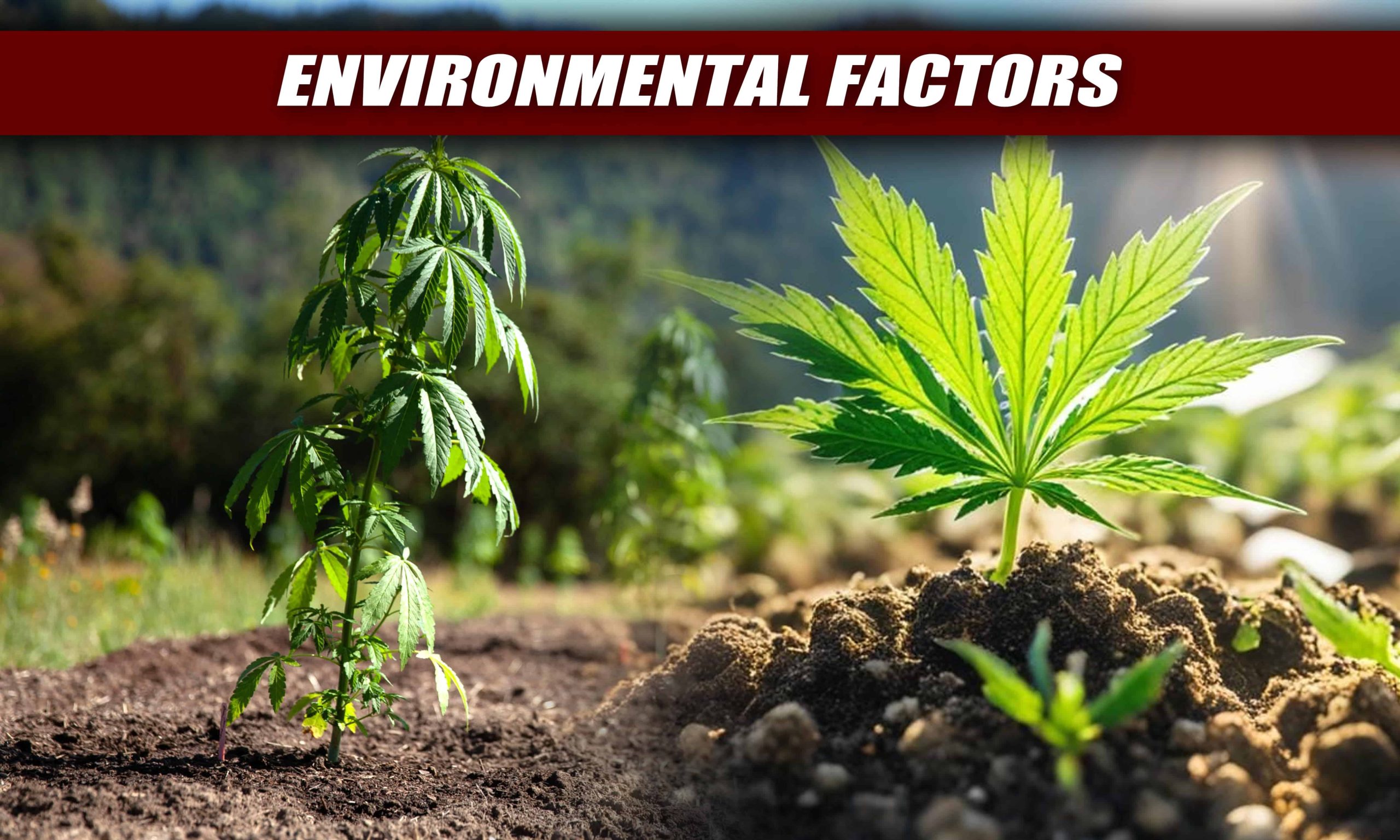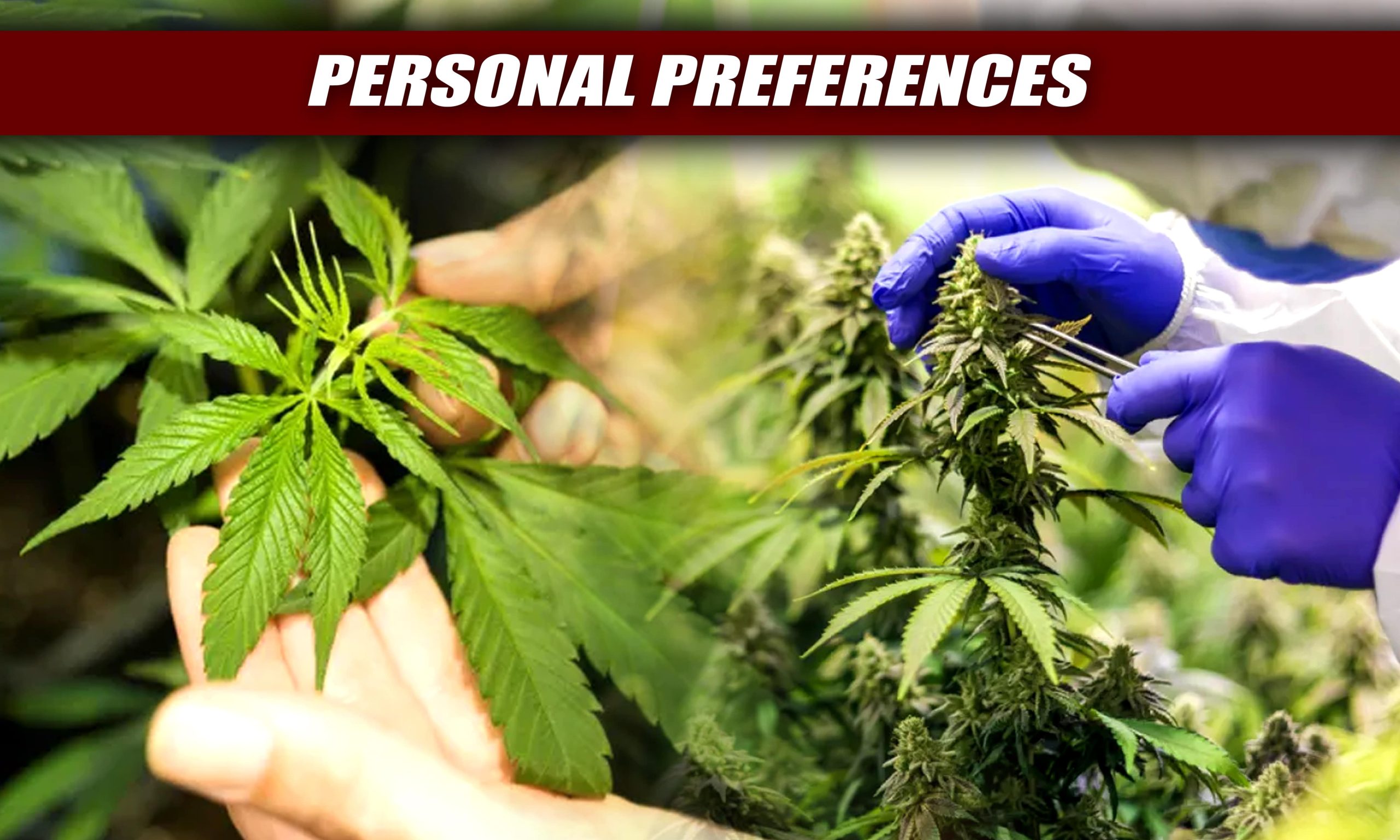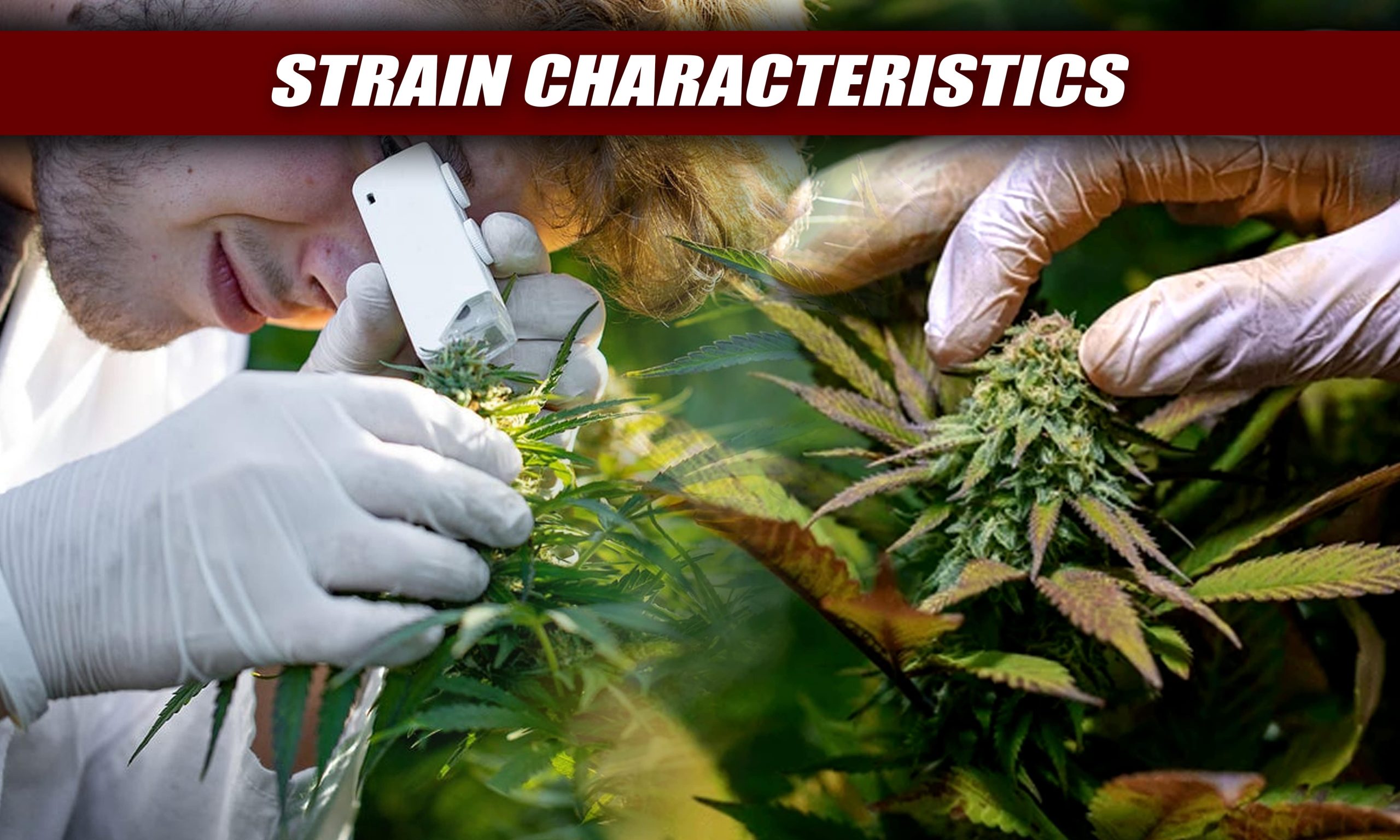Understanding the transition when to switch from vegetative to flowering stage is crucial for cannabis cultivators to optimize their yields and produce high-quality buds. While there are various factors to consider and there is no one-size-fits-all answer, several factors can help determine the right time to make this transition.
Does Weed Age Matter?
One of the primary indicators for determining when to switch to flowering is the age of your plants. Typically, cannabis plants are ready to transition to the flowering stage when they have reached a certain level of maturity. For most strains, this occurs around 4 to 6 weeks after germination. During the vegetative stage, cannabis plants focus on developing robust root systems and lush foliage. Once they have established a strong foundation, they are ready to shift their energy towards producing flowers.
However, age alone should not be the sole factor in deciding when to switch to flowering. It is essential to also consider the size and overall health of your plants. Ideally, your cannabis plants should be mature enough to support the transition to flowering without experiencing any setbacks. This means they should have a sturdy stem, healthy leaves, and a vibrant green coloration. If your plants are struggling or showing signs of stress, it may be beneficial to delay the switch until they are in a more optimal condition.
How do I know if my cannabis plants are ready to transition to the flowering stage?
Look for signs of maturity in your plants, such as established root systems, multiple sets of healthy leaves, and sturdy stems. Cannabis plants typically exhibit pre-flowers, which are small structures that indicate their readiness to flower. Pre-flowers appear at the nodes where branches meet the main stem and can help you determine the plant’s sex (male or female) and readiness for flowering.
1. Understanding the Growth Stages
From tiny seeds to lush greenery, the journey of a plant encompasses various growth stages, each playing a vital role in its development. Whether you’re nurturing cannabis or cultivating your favorite flowers, understanding these growth stages is crucial for successful gardening.
Germination
The journey begins with germination, where a seed awakens from its dormant state and sprouts into a seedling. During this stage, the seed absorbs water and nutrients, initiating biochemical processes that trigger growth. Keep the soil moist and warm to provide an ideal environment for germination. Patience is key here, as germination times can vary depending on the plant species.
Vegetative Stage
Once the seedling emerges, it enters the vegetative stage, characterized by rapid growth and the development of leaves, stems, and roots. This stage is crucial for establishing a robust foundation that will support the plant throughout its life cycle. Provide ample light, nutrients, and space for optimal growth during this phase. Pruning and training techniques can also be employed to shape the plant and encourage bushier growth.
Pre-Flowering
As the plant matures, it enters the pre-flowering stage, where signs of gender and flowering potential become apparent. For cannabis growers, this is the time to determine the sex of the plants and make decisions accordingly. Male plants produce pollen sacs, while females develop pistils, the precursor to buds. Understanding the plant’s sex is crucial for ensuring a successful harvest and preventing pollination of female plants if seedless buds (sinsemilla) are desired.
Flowering
The flowering stage marks the pinnacle of a plant’s growth, where it devotes its energy to producing flowers or fruits. For cannabis cultivators, this is the most anticipated phase, as it culminates in the formation of resinous buds rich in cannabinoids and terpenes. During flowering, adjust lighting schedules to mimic natural sunlight cycles, promoting bud development and maximizing yields. Keep a close eye on environmental conditions and nutrient levels to avoid stress and optimize flower production.
Ripening and Harvest
As the flowers mature, they undergo ripening, where they reach their peak potency and flavor. For cannabis enthusiasts, this is the moment of truth, signaling the time for harvest. Monitor trichome development using a magnifying tool to determine the optimal harvest window. Trichomes are tiny resin glands that contain the plant’s cannabinoids and terpenes, indicating when the buds are at their most potent. Harvest with care, taking into account drying and curing techniques to preserve flavor and potency.
2. Size and Structure
One of the primary cues signaling readiness for the flowering stage is the size and structure of your plants. Typically, growers aim for their plants to reach a certain height or width before transitioning. This ensures that the plants have adequate space to support the flowering process and optimize yield.
3. Root Development
While above-ground growth is easily observable, it’s essential not to overlook what’s happening beneath the surface. Healthy root development is crucial for nutrient uptake and overall plant health. Transitioning to the flowering stage at the right time allows the roots to establish a strong foundation, supporting the demands of budding and flowering.
4. Environmental Factors
Environmental conditions play a significant role in determining when to switch to the flowering stage. Factors such as light cycle, temperature, and humidity influence plant development. Typically, growers can initiate flowering by adjusting the light cycle to 12 hours of light followed by 12 hours of darkness. This mimics the natural transition from summer to fall when cannabis plants naturally begin to flower.
5. Personal Preferences
Ultimately, the decision to switch from vegetative to flowering stage can also be influenced by personal preferences and cultivation goals. Some growers may opt to prolong the vegetative stage to maximize plant size, while others may prefer to initiate flowering earlier for quicker harvests. Understanding your goals and the needs of your plants is key in making this decision.
6. Strain Characteristics
Different cannabis strains exhibit varying growth patterns and flowering times. Some strains may naturally transition earlier or later than others. It’s important to study the unique traits of the strains you’re growing to know when it’s best to switch their growth stages. Also, keeping good notes about how your plants grow can help you improve your growing techniques for next time.
How To Transition From Vegetative To Flowering
Transitioning your cannabis plants from the vegetative stage to the flowering stage is a crucial step in maximizing your yield and potency. This process requires careful planning and timing to ensure optimal growth and development. In this article, we’ll explore the key steps involved in making a smooth transition, drawing insights from expert growers and industry practices.
1. Determining the Right Time to Transition
Growers can initiate the transition to the flowering stage by adjusting the light cycle. Cannabis plants typically require 18-24 hours of light during the vegetative stage, simulating long summer days. To trigger flowering, reducing the light cycle to 12 hours of light and 12 hours of darkness is recommended. This shift mimics the natural light conditions that signal the onset of fall, prompting cannabis plants to divert their energy towards reproductive processes.
2. Environmental Considerations
Successful transition also relies on maintaining a stable and suitable environment. Temperature, humidity, and airflow play crucial roles during this stage. It is advised for growers to maintain temperatures between 20-28°C (68-82°F) and humidity levels around 40-60%. Adequate airflow is essential to prevent issues like mold and mildew, ensuring a healthy flowering phase.
3. Nutrient Adjustments
As cannabis plants shift to the flowering stage, their nutrient requirements change. Adjusting the nutrient regimen to promote budding and flowering. High phosphorus and potassium levels become more critical during this stage, supporting the development of robust flowers. It’s essential to check nutrient levels and avoid overfeeding, as excessive nutrients can lead to adverse effects.
4. Patience and Observation
Transitioning from vegetative to flowering is a gradual process that requires patience and careful observation. Growers should closely monitor their plants for any signs of stress, nutrient deficiencies, or irregularities. Adjustments to environmental conditions and nutrient levels may be necessary based on the specific needs of individual plants.
What happens if I switch my plants to flowering too early or too late?
Switching your plants to flowering too early can result in smaller yields and less potent buds, as the plants may not have reached their full potential for growth. On the other hand, delaying the transition to flowering for too long can lead to larger plants but may also increase the risk of light stress, nutrient deficiencies, and other issues that can impact bud development. Finding the right balance is crucial for maximizing your yield and quality.
Conclusion
In summary, deciding when to move your cannabis plants from growing leaves to growing flowers is important for a successful harvest. Paying attention to things like how big your plants are, how their roots are doing, the surroundings they’re in, what kind of strain they are, and what you like personally can help you decide when it’s best to start the flowering stage. By watching closely and being careful about the details, you can make sure your plants grow well and give you plenty of healthy buds.
Frequently Asked Questions
1.When should I switch my cannabis plants from vegetative to flowering?
You should switch your cannabis plants from vegetative to flowering when they’ve reached a desired size and maturity. For indoor growers, this typically means adjusting the light cycle from 18 hours of light to 12 hours of light daily.
2. How do I know my plants are ready for the flowering stage?
Look for signs of maturity, like a good height and strong branches. Ensure your plants are healthy without any nutrient deficiencies, pests, or diseases before making the switch.
3. Should I switch my plants to flowering based on age or size?
While age can be a rough indicator of when to transition to flowering, size and overall plant health are more reliable factors to consider. Some strains may reach maturity faster or slower than others, so it’s essential to evaluate each plant individually based on its growth characteristics.
4. What should I watch out for during flowering?
Monitor your plants regularly for signs of stress, pests, or nutrient imbalances. Address any issues promptly to prevent them from affecting your final harvest. By following these simple guidelines, you can smoothly transition your plants to the flowering stage and enjoy a successful harvest.
5. How long should my plants be in veg stage?
The vegetative stage of cannabis plants typically lasts between 4 to 8 weeks, depending on various factors such as the type of strain, how big you want the plant to grow, and how you’re growing it. It’s important to give your plants plenty of time to grow strong roots and become healthy before you move them into the flowering stage. This helps ensure you get the best harvest possible.



